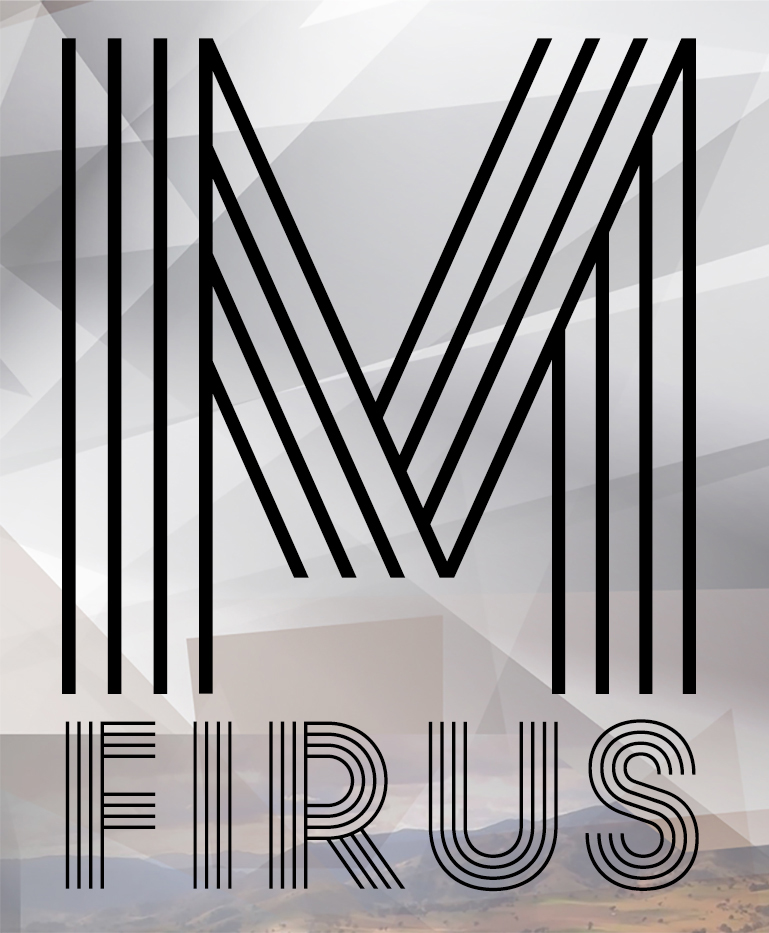
Assessment 2 – Scene analysis: The Grand Budapest Hotel: Society Of The Crossed Keys
Immediately apparent in this scene from Wes Anderson’s 2014 comedy film is the way in which the director structures the mise en scene.
Symmetry is favoured by Anderson, and this is often achieved through the use his sets. For example, all the reception desks of the various hotels essentially follow the same design principle. This is constituted by two predominant lines within the set design splitting the frame into thirds.
Not only does this use of set design adhere to the visually pleasing convention of thirds, but it also serves a thematic purpose. This purpose is that of creating continuity between the many hotels scattered around the world. Through this visual language, it imparts to the viewer that these hotels are indeed cut from the same stone; multinational and varied, yet part of the same template; the same clandestine, classical and romanced image of early 20th century hospitality that Anderson attempts to portray in his film. They are all members of the Society of the Crossed Keys.
Anderson uses other such visual devices to impart meaning in this scene. One of these is the way in which a darkened vignette is used. This vignette creates the effect of darkening all of the mise en scene apart from that which the director intends the audience to focus. Indeed, it is as if the camera zoomed in, yet it retains the information a zoom would lose, albeit in a darkened state. The short, punchy narratives of each hotel can indeed be know as ‘vignettes’ in terms of the narrative. To the same effect, Anderson uses varying aspect ratios in his film. Within this specific scene, it is almost a square. This not only adds an antiquated look, but also causes the eye to not concentrate on peripherals, but allows all the relevant information to be present within the eyes immediate area of focus.
Music is also used to deliberate effect within this scene. Through this music, Anderson seeks to create an upbeat, conspiratorial yet whimsical feel in order to supplement the visual portrayal. Indeed the fast tempo of the music is meant to reflect the past pace at which the dialogue and action are taking place.
In order to introduce each hotel ‘vignette’ Anderson places static cards. Each card is composed of a collage of faded images with a hotel key superimposed upon it. Each title card features different images and different tassels on the keys in order to set up each hotel’s individual character. Location and feel. The hotel-specific design language is then carried on to the actual scenes of the hotel.
Thus it can be seen, that through a variety of film-making techniques, director Wes Anderson creates meaning and sustains a consistent style within this, and the multitude of other scenes within his 2014 film: the Grand Budapest Hotel.
I declare that in submitting all work for this assessment I have read, understood and agree to the content and expectations of the assessment declaration
My Website: https://michaelfirus.com/
My Vimeo Channel: https://vimeo.com/user26828385
My Instagram: https://www.instagram.com/michael.firus/?hl=en
My YouTube channel: https://www.youtube.com/channel/UCJKcsmRGEQ9_5GGdJBuz_-A
My Facebook: https://www.facebook.com/profile.php?id=100006013428912

